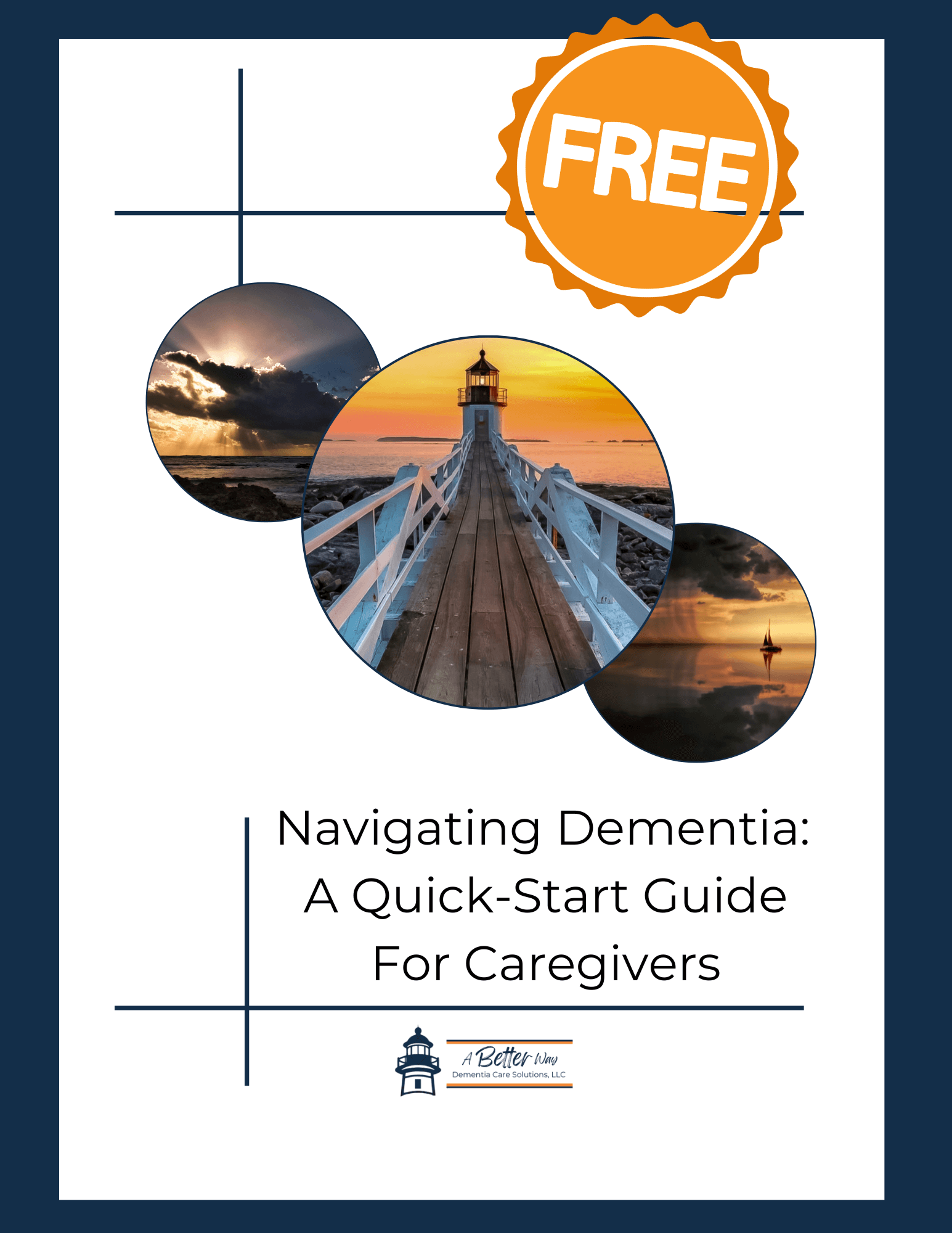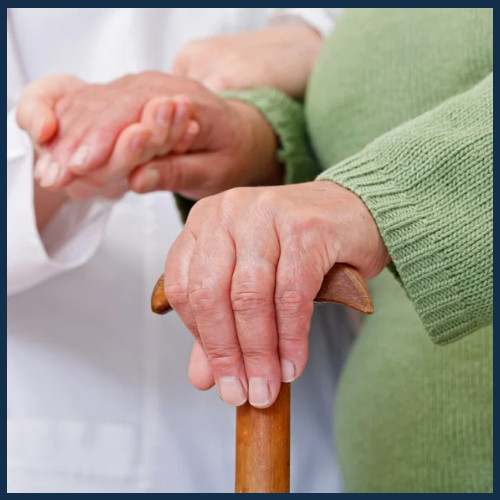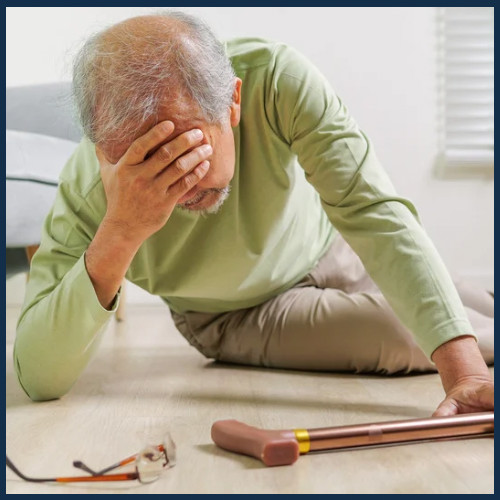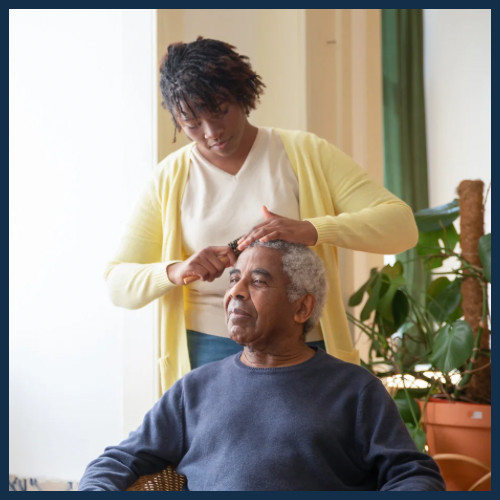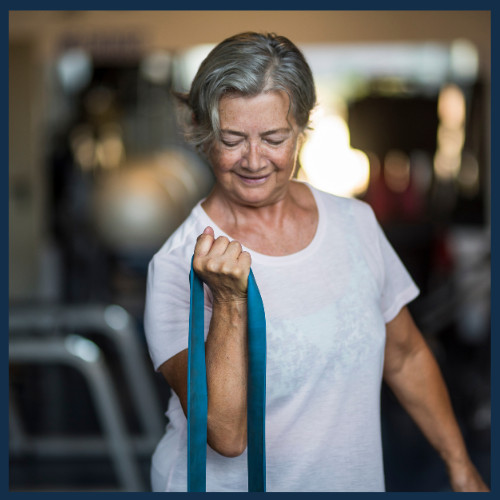
Falls are a major concern for persons with dementia, but there is good news—many of these falls are preventable with regular exercise and mobility activities. Physical activity plays a key role in keeping muscles strong and joints flexible, which are essential for maintaining balance and coordination. For those living with dementia, exercise can also improve cognitive health and mental clarity. Let’s explore how incorporating exercise into your care routine can prevent falls and promote a healthier, safer lifestyle.
The Connection Between Movement and Brain Health
Exercise doesn’t just benefit the body—it positively affects brain health as well. Research shows that physical activity stimulates the brain, promoting better cognitive function and reducing symptoms like confusion and disorientation. Regular movement helps the person you care for stay more engaged with their surroundings and increases their ability to react to changes in balance, which is crucial for fall prevention.
One way to ensure consistent and safe physical activity is by using tools that support mobility while encouraging movement. A mini exercise bike is a great option for low-impact, seated exercise. It keeps the legs moving, promoting circulation and muscle activity without the strain of weight-bearing exercises. This is particularly useful for those who are less mobile but still need to stay active.
How Regular Activity Reduces Fall Risk
Mobility exercises focusing on balance, strength, and flexibility can drastically reduce the risk of falls. For example, exercises like standing marches, side leg lifts, and seated toe taps are simple yet effective for enhancing balance and strength. Encouraging the person you care for to walk regularly—even short distances—helps maintain lower body strength and coordination. As their balance improves, their ability to avoid falls increases as well
The Joy of Music and Dancing
In addition to traditional exercises, incorporating music and dancing can be a fun and engaging way to promote movement. Music therapy has been shown to stimulate memory and mood, while dancing helps with coordination, balance, and muscle strength. Even simple swaying or clapping to music can encourage physical activity while lifting the spirits of the person you care for.
For an added layer of fun and safety, you can use foam floor tiles in the area where dancing or movement occurs. These soft tiles provide a cushioned surface, reducing the risk of injury in case of a slip or fall. Dancing or moving in place to favorite tunes, even for just a few minutes each day, can make exercise feel less like a chore and more like an enjoyable part of the routine. Check it out on Amazon
Dancing can also help improve coordination and timing, which are essential for fall prevention. Whether it’s a slow waltz or simple foot taps to the beat, moving to music can stimulate both the body and the mind, making it a powerful addition to any mobility routine.
Safe and Simple Exercise Tips for Caregivers
Starting small and keeping exercise routines simple is key to success. Here are a few tips to get started:
- Start with Seated Exercises: Gentle movements, like seated marches or arm circles, are a great way to introduce activity without overwhelming the person you care for. Resistance bands are an excellent tool for seated exercises, providing light resistance to help strengthen muscles in a safe, controlled way. Check it out on Amazon
- Balance-Focused Activities: Standing behind a chair and doing heel-to-toe walks or side steps can improve balance and coordination. Tai Chi is another great option. You can do a quick YouTube search for "Tai Chi for Seniors" to follow along with.
- Stretching for Flexibility: Encourage gentle stretches to keep joints flexible, which will help with movement and stability. Yoga is a great option to improve your flexibility.
Consistency is key. Even 10 to 15 minutes a day of physical activity can make a world of difference in fall prevention. Having the right products on hand can make the experience both safe and enjoyable for the person you care for.
Conclusion
Incorporating exercise into the daily routine of a person living with dementia is one of the best ways to prevent falls. Not only does it improve physical health, but it also enhances cognitive function and overall well-being. Start small, focus on consistency, and watch as these simple steps lead to better mobility and fewer falls. By using the right tools—like the mini exercise bike, foam floor tiles, and resistance bands—you can make exercise safer and more effective, ensuring that the person you care for stays active and secure.
Call to Action:
For more helpful tips on dementia caregiving, subscribe to our newsletter and download a free e-book on navigating the doctor’s office with the person you care for!
For more helpful tips on dementia caregiving, subscribe to our newsletter and download a free e-book on navigating the doctor’s office with the person you care for!
Affiliate Disclosure
A Better Way - Dementia Care Solutions, LLC participates in the Amazon Associates Program, which means we earn a small commission when you buy through links on our site, at no extra cost to you. We only recommend products that we believe can help caregivers on their journey.
Disclaimer: The information provided in this blog is for educational purposes only and should not be considered medical advice. Always consult with a doctor or a licensed physical therapist before starting any new exercise routine, using assistive devices, or following the recommendations mentioned. Every individual’s needs are different, and professional guidance is essential to ensure safety and appropriateness of care.
Want to keep figuring this out together?
Subscribe to Finding Our Way in Dementia Care and get honest stories, helpful tips, and gentle support delivered to your inbox every week. Just real talk, grounded care, and space to breathe.
Subscribe to Finding Our Way in Dementia Care and get honest stories, helpful tips, and gentle support delivered to your inbox every week. Just real talk, grounded care, and space to breathe.
Kind truth. Clear steps. Warm guide.


